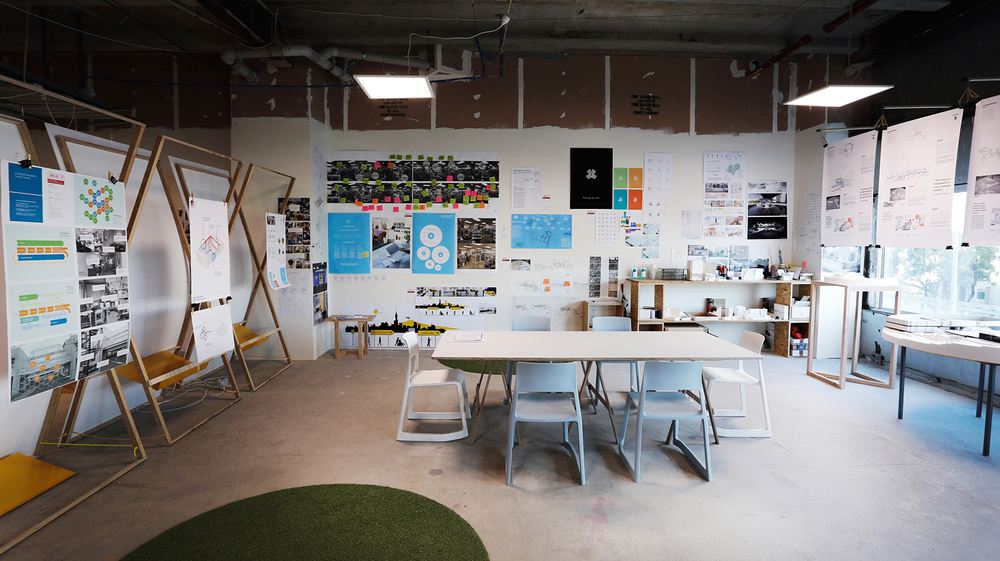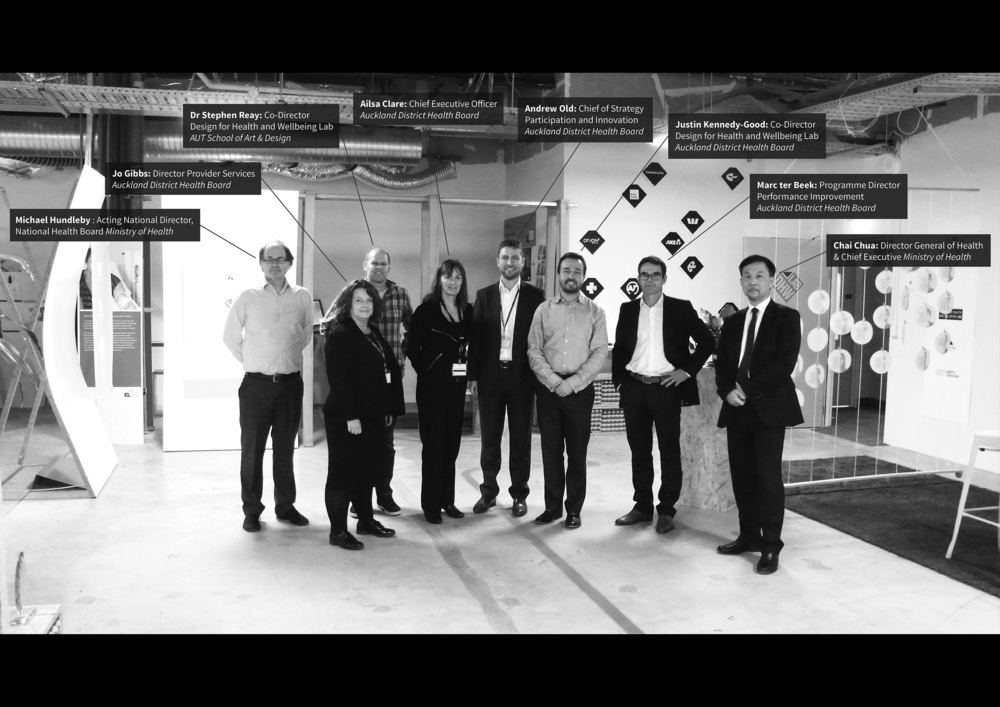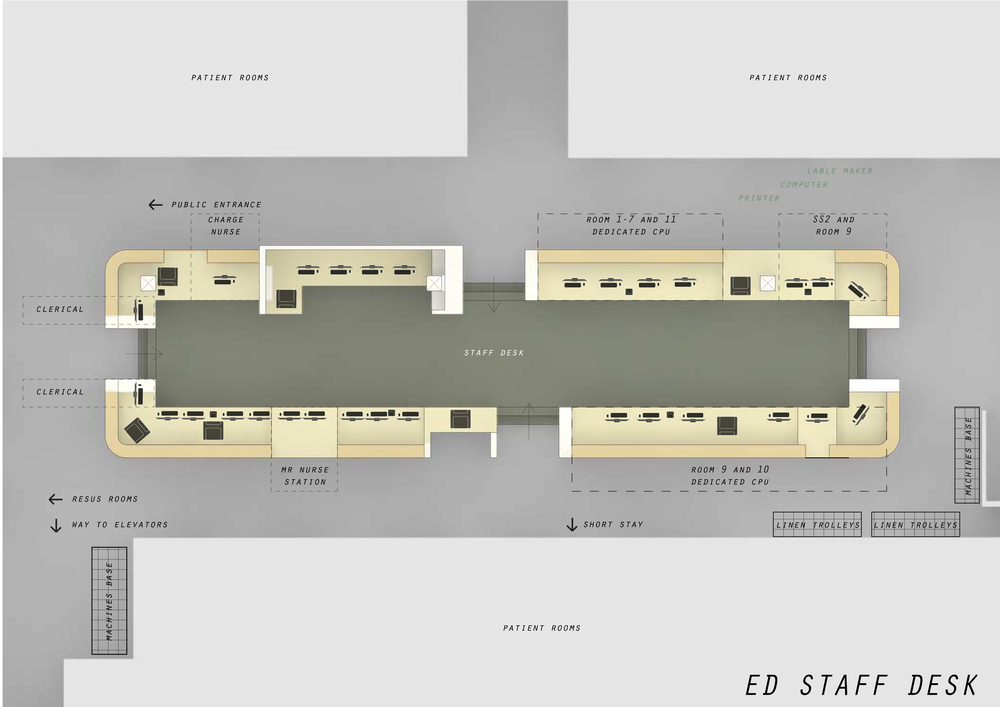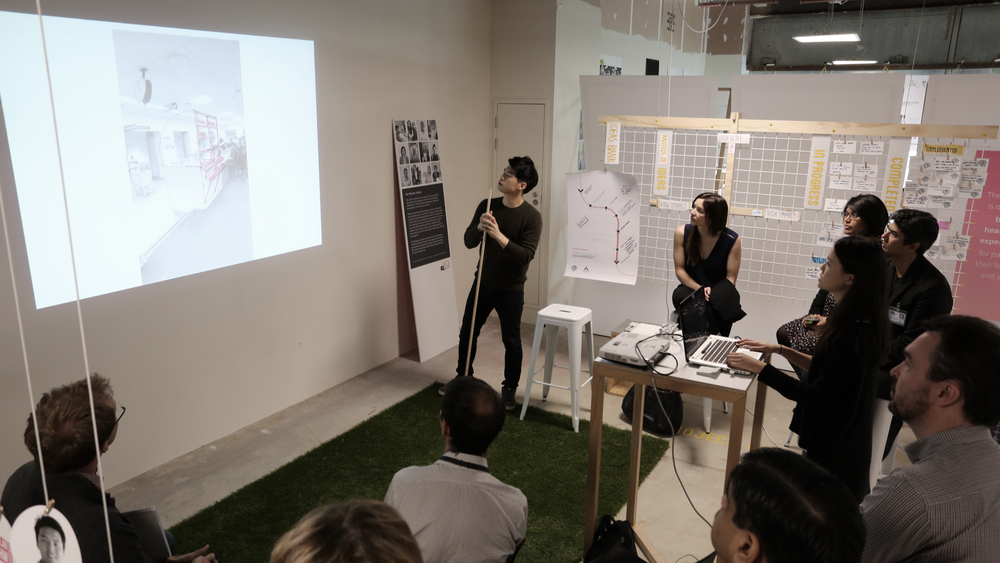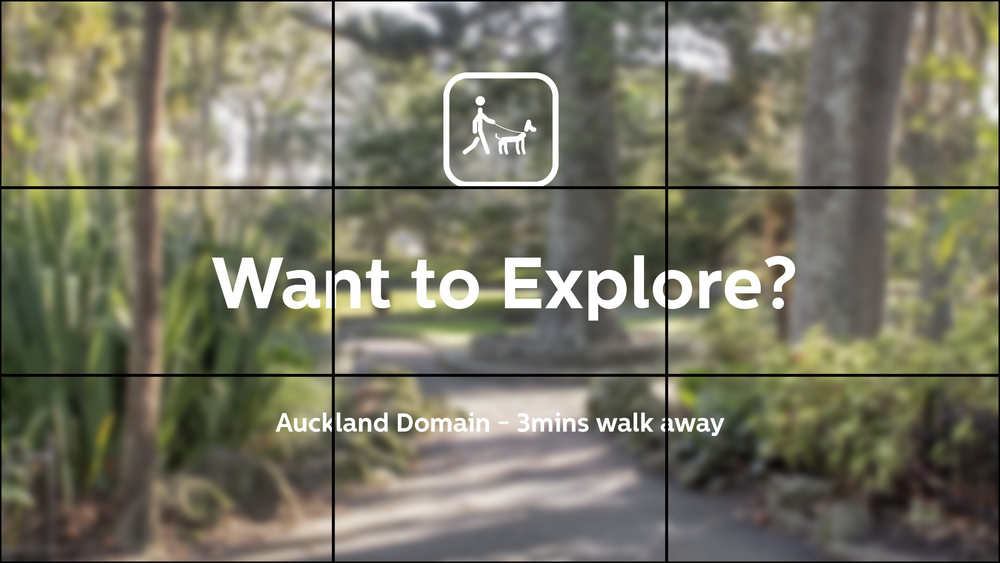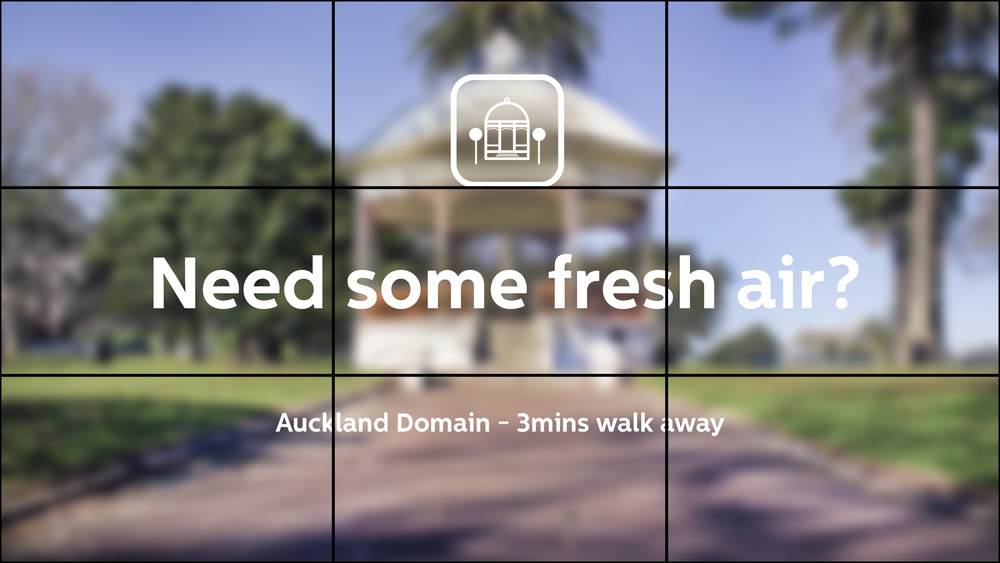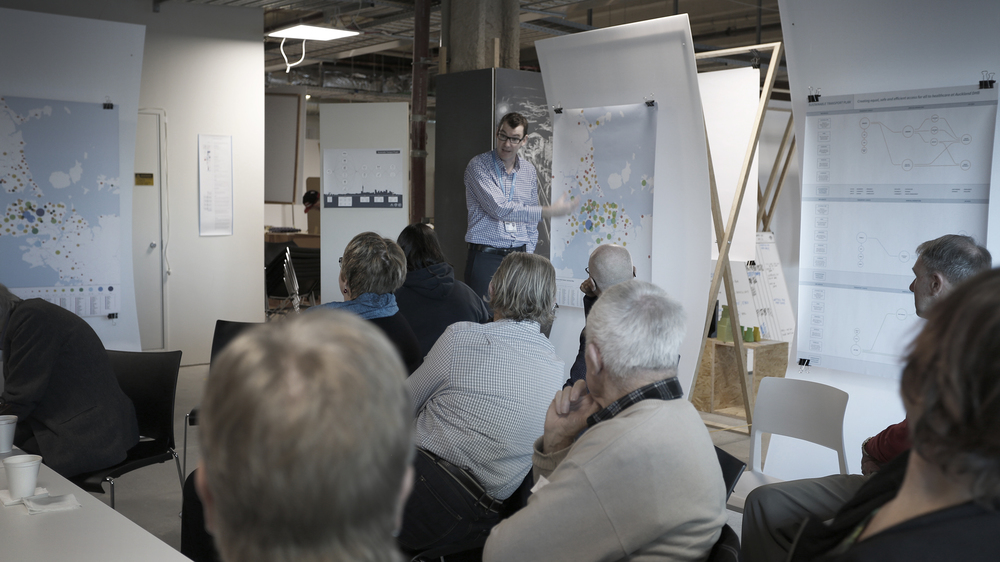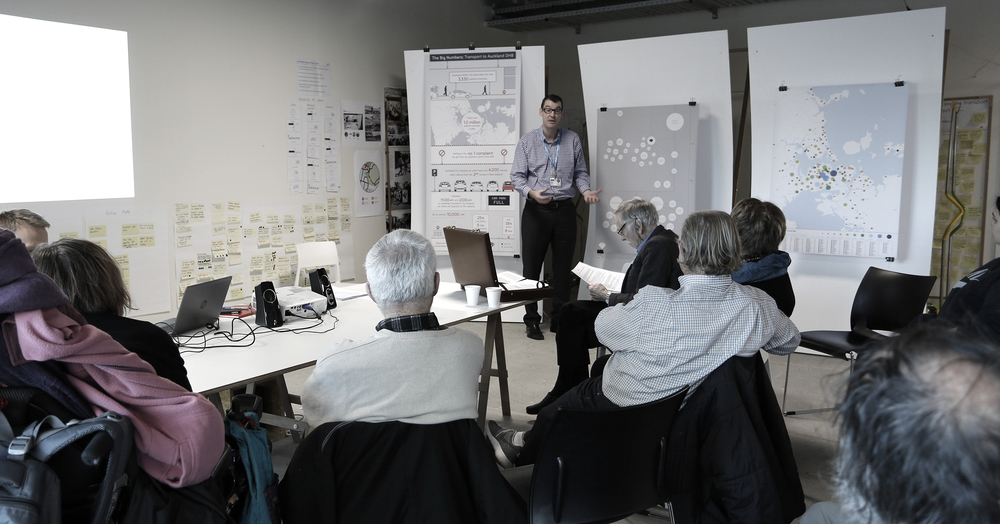
Recently we had spatial design students, Taewoo Kang and Tanya Lim work with the AED staff on the redesign of their workstation in the mid semester break. Taewoo stayed on past his internship to finish the project and support some other work in the design lab. Below are some images of his handover, along side a previous student project and some impressions of a new front door concept:
ED Staff base: Working closely with ED staff to modify and refine the existing staff base layout to be more efficient both in its use of space and how it functions ergonomically as a workstation.



Front door Impressions: As part of the front door location project, Taewoo assisted the Lab staff by producing some awesome freehand sketches of a new campus layout.
Student Project: Earlier in the year, Taewoo was a part of a studio group looking at the welcome experience of the hospital. Through his project he suggested that the atrium space of building 32 was the 'heart' of the hospital. A suspended installation in the atrium reflected light back into the internal wards in the hospital and welcomed people into the heart of the hospital.


We have loved having Taewoo work with us and would like to thank him for using his talents here at the hospital. We hope to see him back here again soon!



